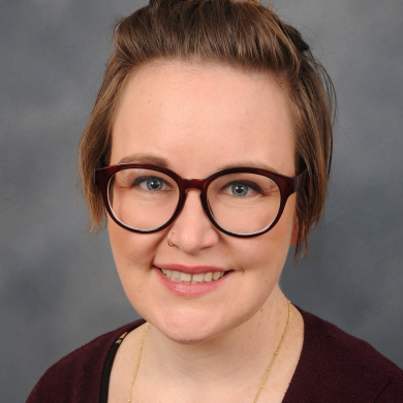Our lab studies:
- whether and how children and adults use lip-reading and other visual speech cues to better understand speech in noisy backgrounds.
- how hearing loss affects children’s ability to use visual speech cues.
- how face masks impact speech perception and word learning in children.
- whether visual speech cues affect how effortful it is for children to understand speech.
Our studies include:
- testing how well adults and children perceive auditory and audiovisual speech in different backgrounds.
- testing what speech sounds children can tell apart using lipreading and other visual speech cues.
- measuring where children look while listening to someone talk in background noise.
- analyzing the physical relationship between acoustic and visual speech signals.
- measuring how difficult understanding speech is in different backgrounds.
We collaborate with the Language Learning and Memory Laboratory, the Human Auditory Development Laboratory, the Auditory Perceptual Encoding Laboratory, the Audibility, Perception and Cognition Laboratory, and the Auditory Prostheses and Perception Laboratory. We depend on the Center for Perception and Communication in Children for support in conducting our experiments.
For Parents
When we listen to people speak, there is often noise in the background. This diminishes our ability to perceive speech. As adults, we look at visual cues on the talker's face (i.e., lipreading) to compensate for noisy environments. Children have more difficulty understanding speech in noisy environments, and less is known about their ability to use visual speech cues in noise. The purpose of this study is to learn how children use lip reading or other visual information on a talker's face to help understand speech in noisy backgrounds. We have found that children with hearing loss benefit more from these visual speech cues than children with normal hearing. Our future studies will examine what factors influence how much children with hearing loss benefit from visual speech cues.
Participate
If you are interested in participating in our studies, please see our list of studies below or contact Dr. Kaylah Lalonde or a member of the research team at avspeech@boystown.org.
